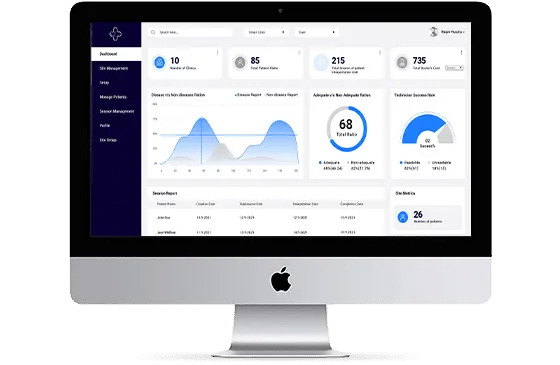HIPAA was enacted in 1996 to protect sensitive patient information from being disclosed without consent. The law outlines stringent guidelines for how health-related data should be handled, stored, and transmitted. HIPAA compliance ensures that healthcare providers, insurers, and any third parties handling protected health information (PHI) follow security measures to prevent data breaches and unauthorized access.
1. Privacy Rule
The HIPAA Privacy Rule sets national standards for the protection of health information. It ensures that PHI is not disclosed without the patient’s consent. When developing software, developers must ensure that the software limits access to PHI to authorized personnel and ensures that patients can request copies of their health records or request corrections.
2. Security Rule
The HIPAA compliant software development Security Rule sets standards for safeguarding electronic PHI (ePHI) through administrative, physical, and technical safeguards. Developers need to implement strong security measures such as:
- Encryption of data during transmission and storage
- Access controls to restrict unauthorized access to ePHI
- Audit controls to log access and changes to sensitive information
- Authentication protocols to verify user identities
3. Breach Notification Rule
This rule requires that covered entities notify patients and the Department of Health and Human Services (HHS) in the event of a data breach. Developers must ensure that their software includes mechanisms for detecting, reporting, and mitigating data breaches, including notifying affected individuals within the required time frame.
4. Business Associate Agreements (BAA)
A Business Associate Agreement (BAA) is a contract between a covered entity (e.g., a healthcare provider) and a third-party vendor (e.g., a software developer or cloud service provider) that ensures the vendor follows HIPAA compliant software when handling PHI. Developers must establish a BAA with any third-party partners involved in storing or processing PHI.





Comments